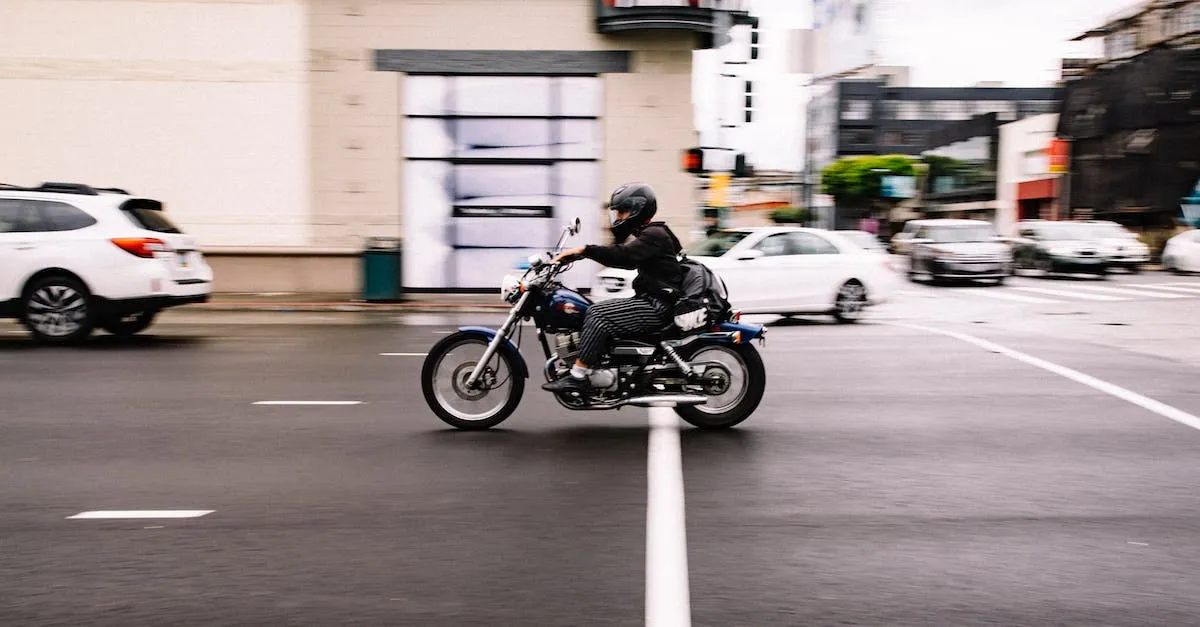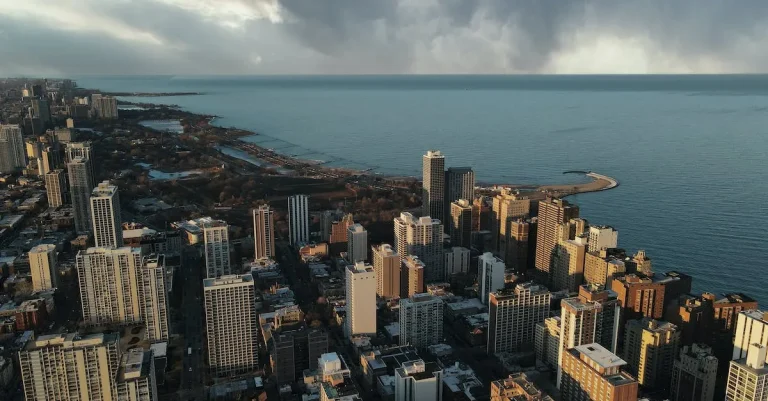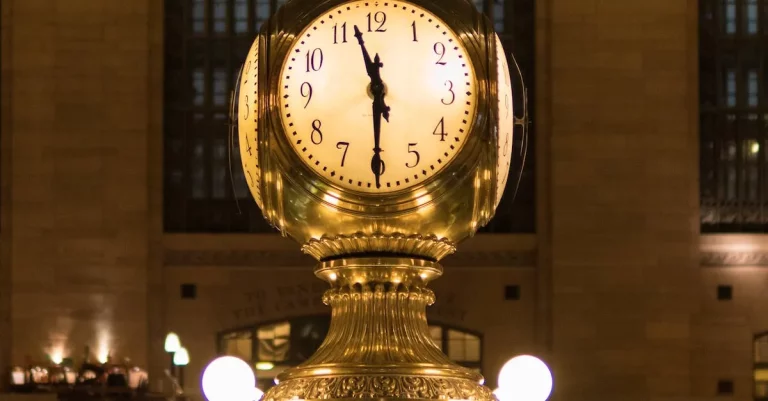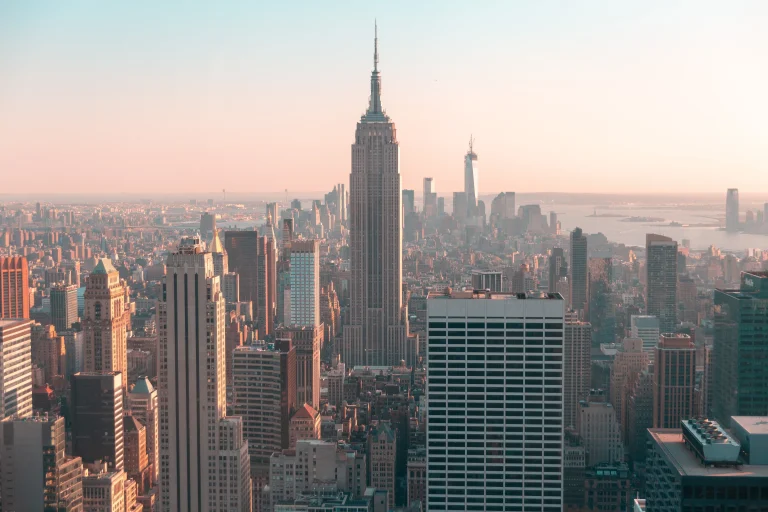Does California Have A No Chase Law For Motorcycles? Examining The Pursuit Policy
As a motorcyclist in California, you may wonder about the laws regarding police chasing motorcycles in the state. Can officers legally pursue you if you fail to pull over? Understanding California’s vehicle pursuit policy is important for all motorcyclists.
If you’re short on time, here’s a quick answer: California does not have a universal no chase law for motorcycles. However, many departments have policies that restrict pursuits of motorcycles and other vehicles.
California’s Laws on Police Pursuits
Factors officers must consider before a chase
In California, police pursuits are governed by specific laws and regulations to ensure public safety. Before initiating a chase, officers must consider several factors to determine whether a pursuit is justified.
These factors include the seriousness of the offense, the risk posed to the public, the availability of alternative methods to apprehend the suspect, and the likelihood of the pursuit resulting in more harm than good.
By carefully evaluating these factors, officers can make informed decisions regarding whether to engage in a pursuit, taking into account the potential risks and benefits involved.
Liability issues surrounding police pursuits
While police pursuits are necessary in some cases to ensure public safety and apprehend dangerous criminals, they also pose potential liability issues. Law enforcement agencies can be held accountable for the actions of their officers during pursuits if they fail to adhere to proper protocols and procedures.
Liability can arise if officers engage in reckless or negligent behavior during a pursuit, such as driving at excessive speeds or disregarding traffic laws. Additionally, if innocent bystanders or other motorists are injured or killed as a result of the pursuit, the law enforcement agency may face legal consequences.
To minimize liability, police departments in California have implemented strict pursuit policies that outline the circumstances in which a chase is permissible. These policies aim to balance the need to apprehend suspects with the potential risks to public safety.
It’s important to note that pursuing suspects on motorcycles may present unique challenges due to their maneuverability and potential for high speeds. Law enforcement officers must exercise even greater caution when pursuing motorcycles to prevent accidents and minimize the risk to all parties involved.
For more information on California’s laws and regulations regarding police pursuits, you can visit the official website of the California Highway Patrol at https://www.chp.ca.gov/.
Departmental Restriction Policies
When it comes to motorcycle pursuits, many law enforcement agencies across the United States have implemented departmental restriction policies. These policies outline the guidelines and limitations for officers engaging in chases involving motorcycles.
The purpose of these policies is to balance public safety with the need to apprehend suspects.
Common motorcycle pursuit restrictions
One common restriction in motorcycle pursuits is a speed limit. Due to the increased vulnerability of motorcyclists and the potential dangers associated with high-speed chases, many departments have implemented speed limits for officers pursuing motorcycles.
These speed limits aim to prevent accidents and minimize the risk of harm to both officers and civilians.
Another common restriction is the consideration of the suspect’s offense. Law enforcement agencies often evaluate the severity of the crime committed before engaging in a chase. If the offense is minor or non-violent, officers may choose to discontinue the pursuit to avoid unnecessary risks.
Additionally, departments may impose restrictions on pursuing motorcycles in certain areas. For example, some agencies have policies that prohibit chases in densely populated residential areas or school zones to prevent endangering innocent bystanders, especially children.
Arguments for limiting motorcycle chases
Advocates for limiting motorcycle chases argue that these pursuits pose a significant risk to public safety. Motorcycles have the advantage of maneuverability, making it difficult for pursuing officers to safely apprehend the suspect without endangering others on the road.
The high speeds involved in these pursuits can increase the likelihood of accidents, potentially resulting in severe injuries or fatalities.
Furthermore, critics of motorcycle chases believe that the potential harm caused by these pursuits outweighs the benefit of apprehending the suspect. They argue that alternative methods, such as using helicopters or surveillance techniques, can be just as effective in tracking and capturing the suspect without putting innocent lives at risk.
Criticisms of no-chase policies
While no-chase policies may aim to prioritize public safety, they have faced criticism from some who argue that they can enable criminals to evade capture. Critics argue that without the fear of pursuit, individuals may be more inclined to engage in criminal activity, knowing they have a higher chance of escaping without consequence.
Additionally, opponents of no-chase policies contend that these restrictions can undermine the authority of law enforcement officers. They argue that criminals may be emboldened by the knowledge that they can flee from police without repercussions, leading to an increase in criminal activity.
It is important to note that the specific pursuit policies, including those related to motorcycle chases, may vary between different law enforcement agencies and jurisdictions. For more detailed information on the pursuit policies in your area, it is recommended to visit the official website of your local law enforcement agency or the website of your state’s department of justice.
Recent Incidents and Developments
Over the past few years, there have been several high-profile motorcycle chase incidents in California that have sparked a debate about the state’s pursuit policy. These incidents have not only raised concerns about public safety but have also led to calls for reforms in the way law enforcement agencies handle pursuits involving motorcycles.
High-profile motorcycle chase lawsuits
One such incident involved a motorcyclist who was chased by police officers for several miles at high speeds. The pursuit ended tragically when the motorcyclist crashed into another vehicle, resulting in serious injuries.
The incident led to a lawsuit against the police department, alleging negligence and excessive use of force.
Another incident involved a motorcyclist who was chased by police and ultimately shot and killed by an officer. The officer claimed that the motorcyclist posed a threat to public safety, but the incident raised questions about whether lethal force was necessary in this situation.
These high-profile lawsuits have highlighted the need for a review of California’s pursuit policy, particularly when it comes to motorcycle chases. The lawsuits have brought attention to the potential dangers of high-speed pursuits and the need for stricter guidelines to ensure the safety of both law enforcement officers and the public.
California laws proposed after incidents
In response to these incidents, lawmakers in California have proposed several new laws aimed at addressing the issue of motorcycle chases. One proposed law would require law enforcement agencies to develop specific guidelines for pursuing motorcycles, taking into account the unique characteristics and risks associated with these vehicles.
Another proposed law would limit the circumstances under which law enforcement officers can engage in high-speed pursuits, particularly when it comes to motorcycles. The goal of these proposed laws is to strike a balance between apprehending suspects and ensuring the safety of everyone involved, including innocent bystanders.
Trend toward limiting pursuits
Not only has the recent surge in high-profile incidents prompted legislative action, but it has also contributed to a broader trend toward limiting pursuits across the country. Many law enforcement agencies are reevaluating their pursuit policies and considering alternatives to high-speed chases.
Some alternatives being explored include using technology such as GPS tracking devices or deploying tactics like tire deflation devices to safely apprehend suspects without engaging in dangerous pursuits.
These alternatives aim to reduce the risks associated with high-speed chases while still allowing law enforcement to effectively carry out their duties.
It is important to note that while the trend toward limiting pursuits is gaining traction, there is still ongoing debate about the best approach. Critics argue that limiting pursuits could lead to an increase in crime rates or embolden criminals, while proponents argue that the risks and potential harm caused by high-speed chases outweigh the benefits.
Tips for Motorcyclists Pulled Over in California
Your rights and responsibilities in a stop
When you are pulled over while riding your motorcycle in California, it is important to be aware of your rights and responsibilities. Just like any other motorist, you have the right to remain silent and not incriminate yourself.
However, it is also important to remember that you must provide your driver’s license, registration, and proof of insurance when asked by law enforcement.
Did you know? According to the California Vehicle Code Section 40300.5, it is mandatory for motorcyclists to carry their driver’s license and proof of insurance at all times while riding.
Additionally, it is essential to stay calm and cooperative during the stop. Follow the instructions given by the officer and avoid making any sudden movements. Remember to keep your hands visible, as this will help alleviate any concerns the officer may have for their safety.
What to do if you feel chased unsafely
If you feel that you are being chased unsafely while riding your motorcycle in California, it is crucial to prioritize your safety. Your first instinct might be to speed up and try to elude the pursuing vehicle, but this can be dangerous and potentially escalate the situation.
Instead, consider the following steps:
- Stay calm and composed: Panicking can impair your judgment, so it’s important to remain level-headed.
- Signal your intention: If you believe you are being chased, use your turn signals to indicate that you are pulling over. This can help communicate your compliance to law enforcement.
- Find a safe location: If you are unsure about the legitimacy of the pursuing vehicle, find a well-lit, populated area to pull over. This can help ensure your safety and provide witnesses if necessary.
- Call 911: If you still feel unsafe, contact the authorities and inform them about the situation. They can provide guidance and verify the legitimacy of the pursuing vehicle.
Remember, it is crucial to prioritize your safety above all else. In uncertain situations, it is better to err on the side of caution.
Seeking legal guidance
If you have been involved in a chase or encounter with law enforcement while riding your motorcycle in California, it is important to seek legal guidance. An attorney who specializes in motorcycle law can provide you with the necessary advice and representation to navigate the legal process.
Pro Tip: To find a reputable attorney in California, consider visiting the website of the State Bar of California (www.calbar.ca.gov). They have a search feature that allows you to find attorneys based on their area of expertise and location.
An experienced attorney can review the details of your case, assess the circumstances surrounding the chase, and help you understand your rights and options moving forward. They can also advocate on your behalf and work towards a fair resolution.
Remember, it is crucial to consult with a legal professional to ensure that your rights are protected and that you receive the proper guidance throughout the process.
Conclusion
In summary, while no statewide ban exists in California, many departments have policies limiting motorcycle pursuits. Understanding local laws, acting responsibly if stopped, and knowing your legal options are key to staying safe on a motorcycle in California.








